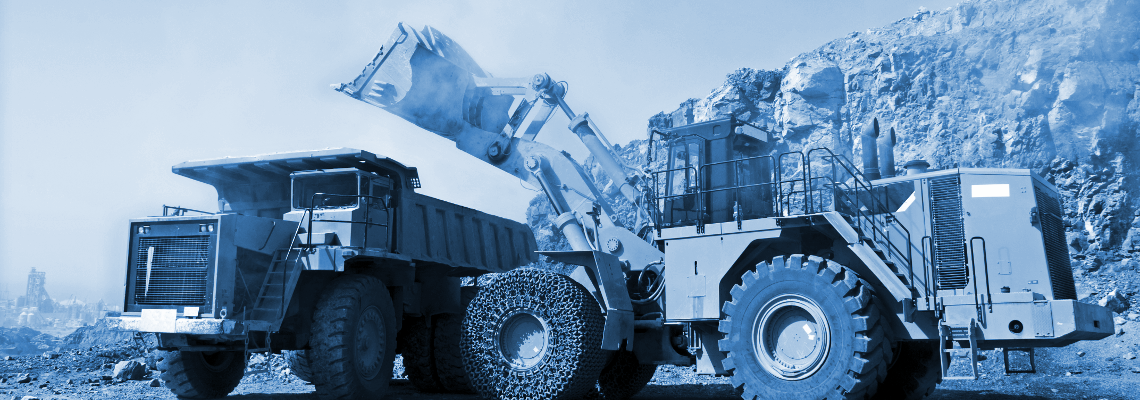Green Construction Equipment Sees Growth

In China this year, green construction machinery is seeing rapid growth, and demand across multiple scenarios is becoming unmistakable. EVE Energy is delivering full-scenario solutions for earthmoving equipment, aerial work platforms and specialized machinery. After six years of shipments in the construction-machinery segment, EVE Energy now ranks second nationwide; individual vehicles have logged more than 16,000 operating hours, and the company’s products are fitted to over 60 OEMs including LiuGong, SANY and Lingong.
According to data from the Construction Machinery Association, domestic sales of new-energy construction equipment are expected to surpass one million units by 2028, and the incremental market for green machinery is opening up rapidly—yet pain points remain: bulky batteries, short cycle life and complex assembly.



